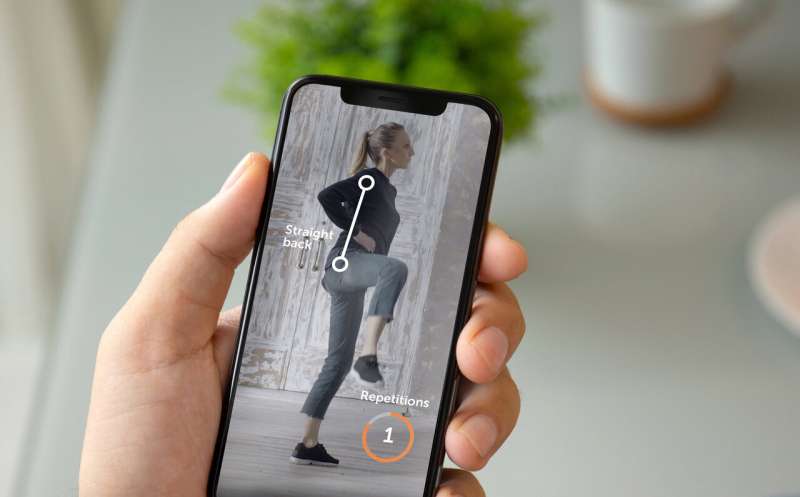
The steadily increasing prevalence and high costs of treating chronic joint pain worldwide poses a challenge for healthcare systems and healthcare payers. New research published today in JAMA Network Open shows the effectiveness of a digital healthcare treatment with the potential to save insurance companies and their patients the costs and risks of joint surgeries—a finding that is especially promising as more patients turn to telemedicine as a safe treatment option amid the COVID-19 pandemic.
A new randomized controlled trial (RCT) conducted by the University of Nottingham using Joint Academy’s clinical evidence-based digital treatment for chronic joint pain is the first to find clinically important improvements of treating knee osteoarthritis digitally compared to traditional treatment. Patients receiving digital treatment reduced their pain by 41 percent, while patients receiving traditional care only experienced a 6 percent decrease.
“We already knew that digital first-line treatment substantially improves symptoms of osteoarthritis at a significantly lower cost than face-to-face care. This study firmly establishes how effective digital treatment actually is in relation to traditional self-management care,” says Leif Dahlberg, Chief Medical Officer at Joint Academy and Senior Professor in Orthopedics.
A total of 105 people, who were 45 years or older with a diagnosis of knee osteoarthritis, participated in the study. They were allocated at random to two groups. One was treated digitally and the other self-managed their symptoms according to guidelines. Patients in the digital treatment were connected with licensed physical therapists via a smartphone application where they received education and daily exercises. In the other group, patients continued their traditional self-management program and visited their general practitioner when needed.

“The results of the study really show how much can be gained by treating chronic knee pain digitally, and this will help reduce the burden on the healthcare system, especially when we are going through the COVID-19 pandemic where services are already stretched. We hope this study allows health policy-makers to consider the potential in digital alternatives when it comes to treating knee arthritis,” says Sameer Akram Gohir, physical therapist and researcher at the University of Nottingham.
Osteoarthritis is one of the world’s fastest growing and most costly chronic diseases. According to the Centers for Disease Control, more than 32 million U.S. adults are affected. It is also among the most expensive conditions to treat when joint replacement surgery is required. For the millions who suffer with the daily pain and stiffness of osteoarthritis, treatments to slow the progression of the disease are limited. The recommended first-line treatment, consisting of information, exercise and weight control when needed, is underutilized.
“The study shows the positive impact digital treatment has on the osteoarthritis burden for both patients and healthcare systems. Besides the beneficial outcomes in pain and physical function, the advantages of digital treatment include lower costs as well as making care more easily accessible for those living in rural areas far from the nearest physical therapist,” Dahlberg concludes.
Source: Read Full Article
